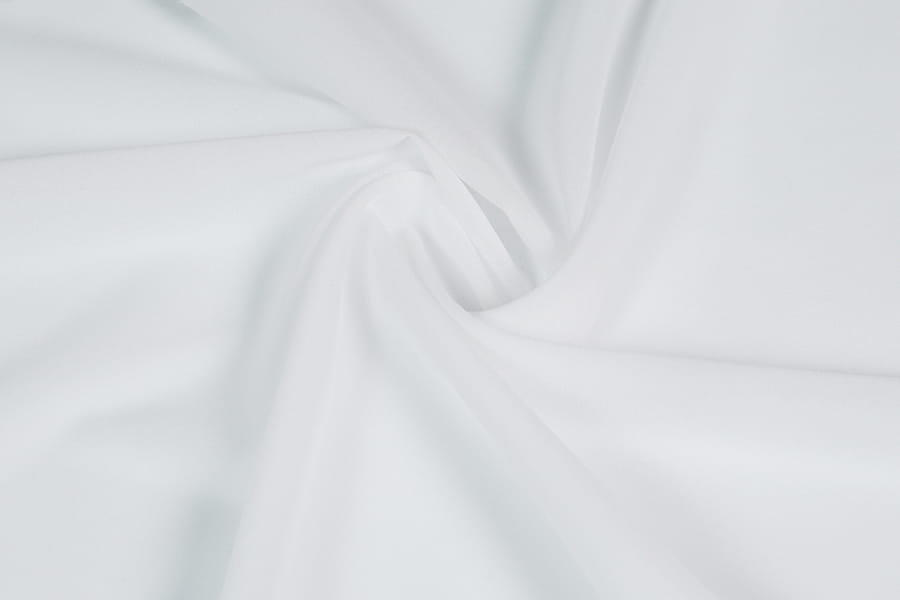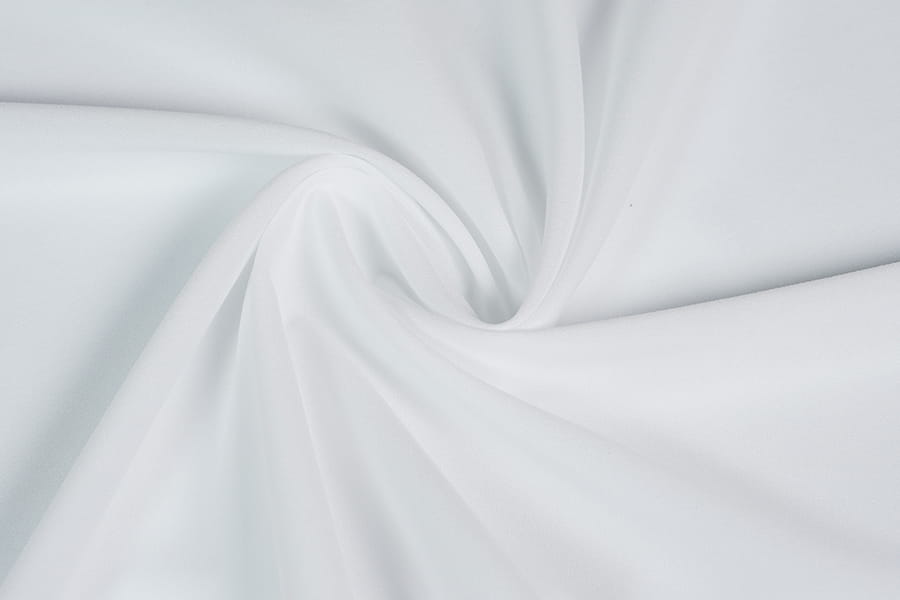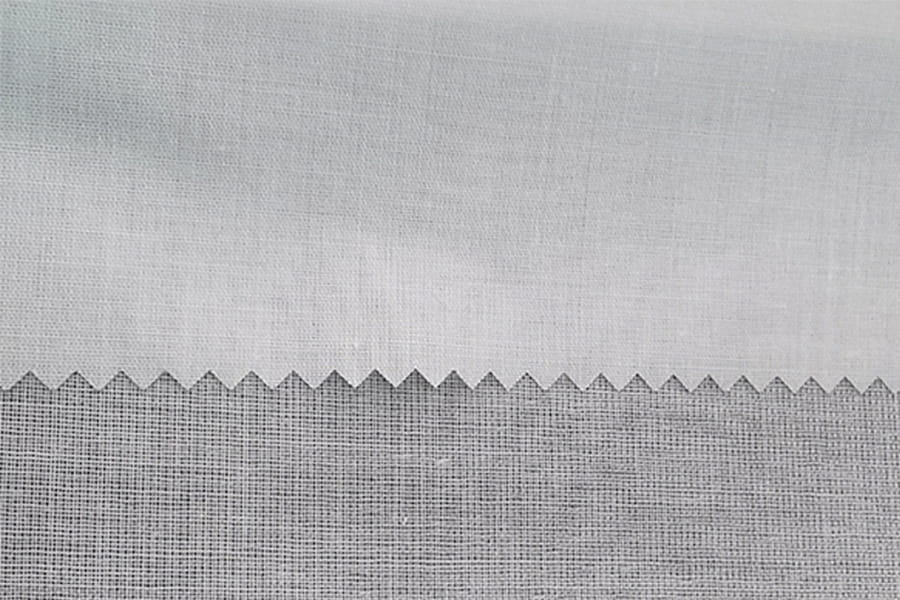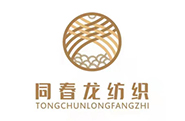The lining stacking structure design uses different materials and structures at different levels inside the garment to achieve multiple functions and optimize performance. This design principle is not only applicable to outdoor sportswear, but is also widely used in the design of workwear, special clothing and high-end fashion brands. The following are the main principles of multi-level functional design of stacking structure design:
In the stacking structure of the lining, three main layers are usually included: outer layer, middle layer and inner layer. Each layer has different functions and characteristics, and works together to improve the performance of the overall garment.
Outer layer (fabric layer): The outer layer usually chooses fabrics with waterproof, breathable, wear-resistant and other properties to protect the inner layer from the external environment. For example, high-tech waterproof fabrics can effectively block rain, wind and snow while maintaining breathability to ensure the comfort of the wearer in bad weather conditions.
Middle layer (filling layer): The main purpose of the middle layer is to provide additional thermal insulation and structural support. Common filling materials include down, synthetic fibers or high-tech thermal insulation materials, which are not only lightweight, but also effectively store air and provide good thermal insulation.
Inner layer (comfort layer): The design of the inner layer focuses on improving wearing comfort and moisture absorption and perspiration. Using soft and skin-friendly materials such as cotton fabrics, moisture-absorbing mesh fabrics or antibacterial treated fibers can effectively reduce moisture and skin discomfort and improve the overall wearing experience.

 English
English 中文简体
中文简体 русский
русский Español
Español









